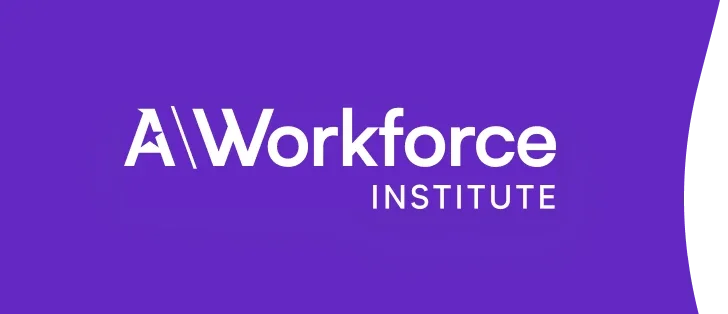17 questions to ask about your employee recognition strategy

This resource is brought to you by:
Topics Covered:
Culture and Consistent Recognition
When recognition is done right, it drives engagement, reduces turnover, and boosts productivity. Achievers’ employee recognition strategy questions are your key to making it happen.
Recognition makes employees more engaged, loyal, and less stressed. While HR may face challenges like limited resources and securing buy-in, the good news is that we know what works.
The Achievers Workforce Institute (AWI) created 17 questions to help HR and leaders spot blind spots and help take their recognition efforts to the next level. These research-backed insights are the key to optimizing recognition, even in the toughest times.
Why an employee recognition strategy matters
Recognition is so much more than a feel-good moment; it’s what drives real business results. Research from the 2022 State of Recognition Report tells us that when employees feel appreciated, they’re more engaged, loyal, and productive. Here’s why it’s essential for your business:
- Boost engagement: Employees recognized monthly are 61% more likely to be highly engaged.
- Reduce turnover: Employees who are regularly recognized are 3x more likely to stay.
- Increase productivity: Recognition fuels productivity. Employees recognized weekly are 3x more likely to report being productive.
4 features of an effective recognition program
Recognition works best when it’s done right. To make an impact, your program needs to hit these key points:
- Balance quality and quantity: Aim for one meaningful recognition per employee each month.
- Integrate into the flow of work: Use tools your employees already rely on, like Teams, Outlook, Slack, or mobile apps.
- Ongoing communication: Keep the momentum going with regular training and reminders.
- Measure success: Connect recognition to business outcomes like engagement and retention to track true impact.
Ready to transform your recognition strategy? Download the infographic for 17 employee recognition strategy questions that’ll help you pinpoint gaps and drive real results.
Download the full resource

Join our mailing list
Stay up to date with the latest in workforce science from Achievers Workforce Institute.